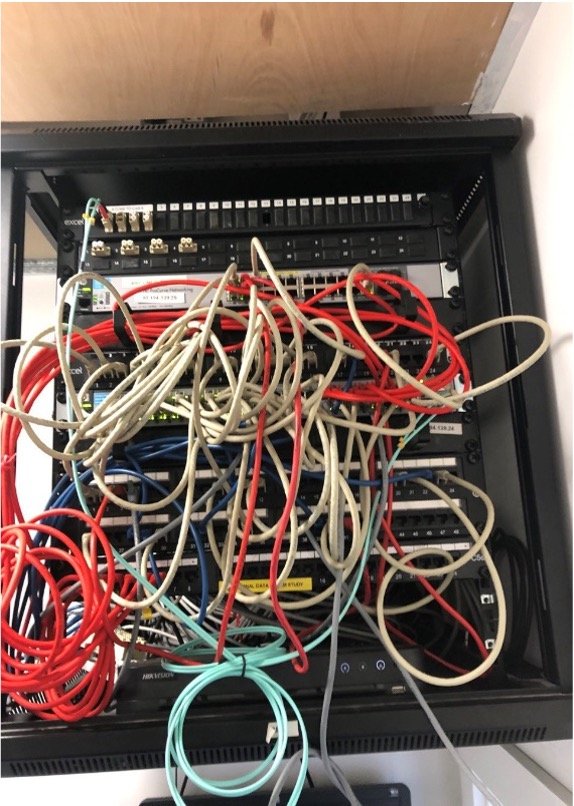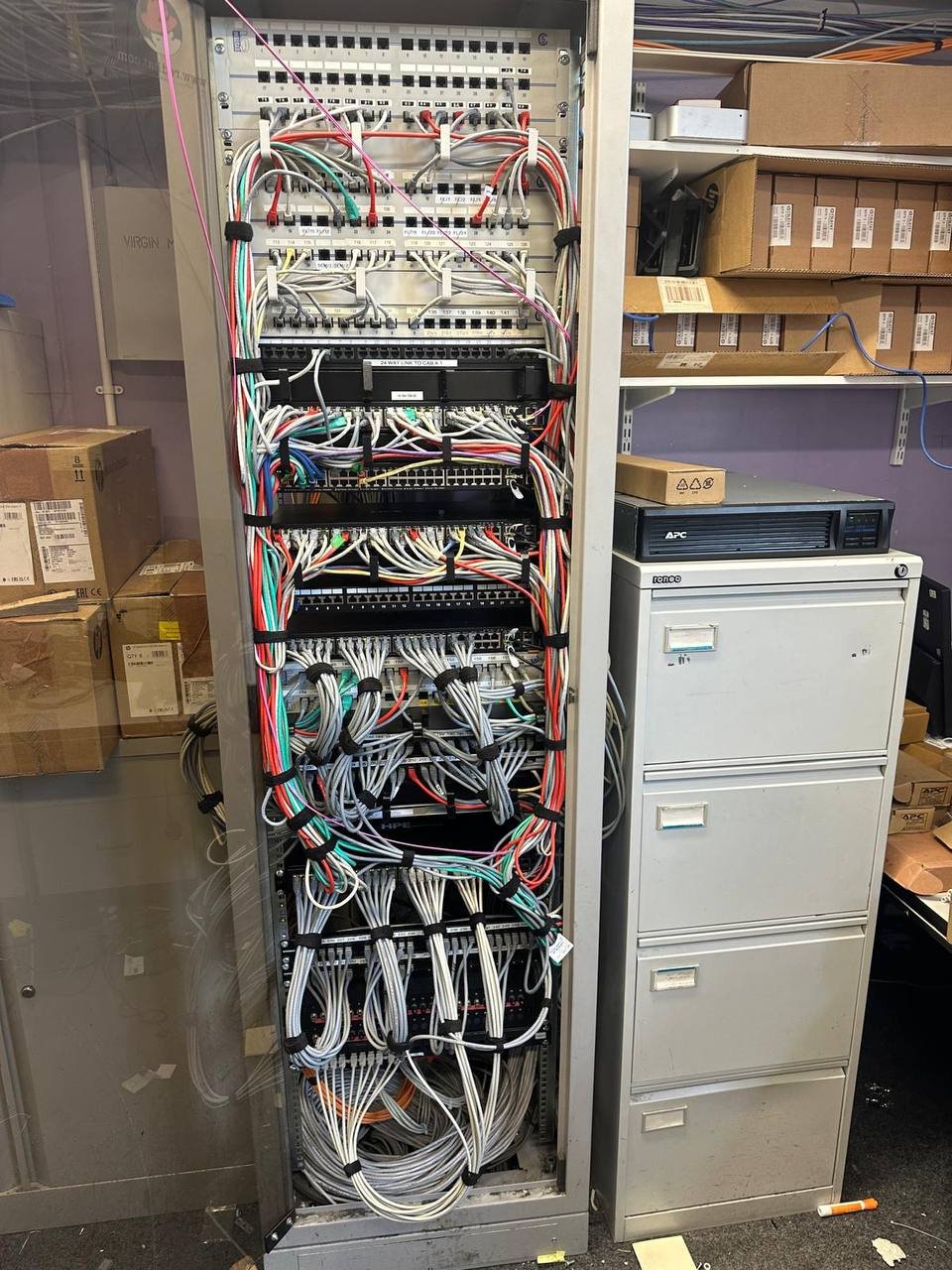CASE STUDY
Wireless Network Upgrade in Education Sector
Project Overview
With the growing reliance on digital tools to enhance education, many schools face limitations due to outdated or insufficient wireless infrastructure. This project aimed to upgrade the wireless network across a cluster of urban schools, providing high-speed connectivity to support easy access to online resources and digital learning tools.
Achievements
The upgraded network delivered faster connectivity with reduced latency, ensuring a reliable experience for both students and staff. Designed for scalability, it offers a flexible, future-proof infrastructure capable of supporting the growth of digital resources. Advanced security measures were implemented to protect sensitive data across all network levels, enhancing overall data safety. Consistent, high-quality wireless coverage across school campuses has greatly improved user satisfaction, providing a contemporary digital learning environment.
Challenges to
Overcome
We encountered several key challenges during the project. Many schools were working with legacy infrastructure, requiring thorough assessment and upgrades to meet new standards. Additionally, existing wireless networks had limited coverage, affecting users’ access to resources and tools across the school premises. Physical limitations on-site, including cabling paths, existing containment for installations, and the need to comply with safety regulations such as asbestos management, also required careful planning and effective management to ensure successful implementation.
Assessment and Planning
Predictive Assessment: Assessed existing access points and created heatmaps to identify coverage gaps, documenting device details and end-of-life status to propose additional coverage where needed.
Onsite Survey: Conducted onsite surveys to gather essential information on each school's layout, network topology, and installation requirements, enabling us to customise the solution to each location.
Implementation &
Execution
Network Configuration and Staging: Configured devices, VLANs, and routing protocols, and staged them to connect effortlessly to the core switch.
Cabling and Installation: Installed fibre and CAT cabling, ensuring correct placement to meet industry standards. All cables were tested, documented, and warranted.
Access Point Installation: Installed access points per heatmap design for optimal coverage.
User Acceptance Testing (UAT): Conducted performance, security, and functionality testing to confirm network readiness.
Proposal for New Infrastructure
Wired Infrastructure: Developed a robust network topology using fibre optic and CAT6 cabling, with high-performance switches and routers to ensure scalability and high-speed connectivity.
Wireless Infrastructure: Planned optimal access point placement using Wi-Fi 6 and Wi-Fi 6E for enhanced coverage, efficient load management, and robust security.
Training & Handover
Day 1: Provided training on Aruba and HPE GreenLake workspace, device management, security configuration, and monitoring.
Day 2: Focused on Visual RF setup, enabling the IT team to manage access points and optimise campus coverage.
Cost
Analysis
Created a tailored cost plan for each school, covering hardware, software, and installation, including routers, switches, cabling, cabinets, licensing fees, and labour for setup.





Solution
The project equipped the schools with a high-performance, secure wireless network, enhancing the digital learning environment. Students and teachers now benefit from consistent, high-speed connectivity that supports educational tools and resources. The schools now have a scalable, reliable network, ready to meet future technological demands.





